Cold Water Coming Out of Hot Water Faucet (6 Quick Fixes)
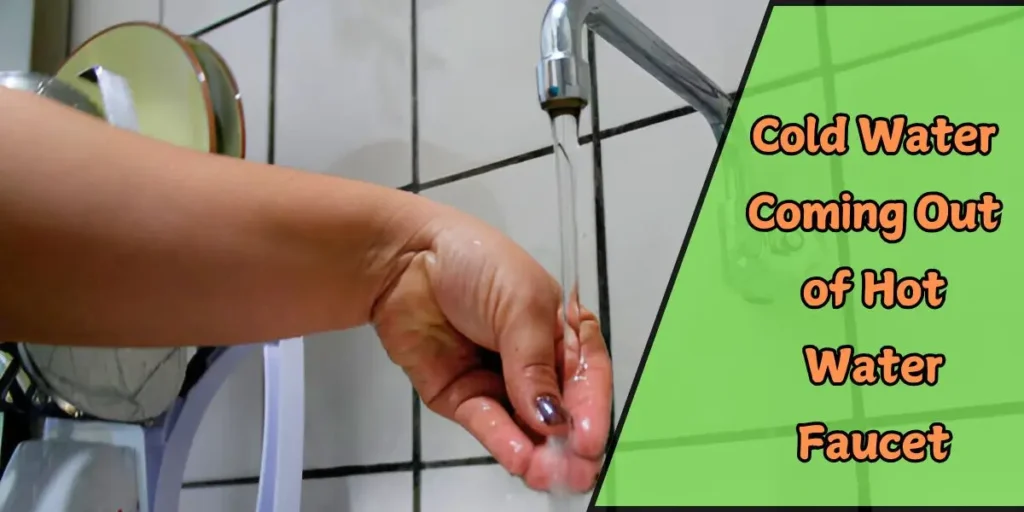
Are you tired of cold water coming out of the hot water faucet? This common problem affects many homeowners and can make simple tasks like washing dishes or showering unpleasant.
Getting cold water from your hot water faucet is annoying, but it’s a sign that something’s wrong with your plumbing system. Your home’s water system is designed to keep hot and cold water separate until they meet at your faucet. When this system fails, it can lead to urgent temperature issues.
Understanding and fixing water temperature problems is crucial for your comfort and home’s well-being. Ignoring these issues can lead to higher energy bills, water waste, and even damage to your plumbing system over time. The good news is that most temperature problems have clear causes and solutions.
Understanding the Problem: Why Is Cold Water Coming from Hot Faucet?
Common Plumbing Problems
Let’s talk about why you might get cold water when you expect hot water. It’s frustrating, right?
Your plumbing system is like a network of roads. Hot and cold water travels through different pipes; sometimes, these paths can get mixed up or blocked.
Think of your faucet as a traffic controller. It directs hot and cold water to flow when you need it. But when something goes wrong, you might get unexpected results.
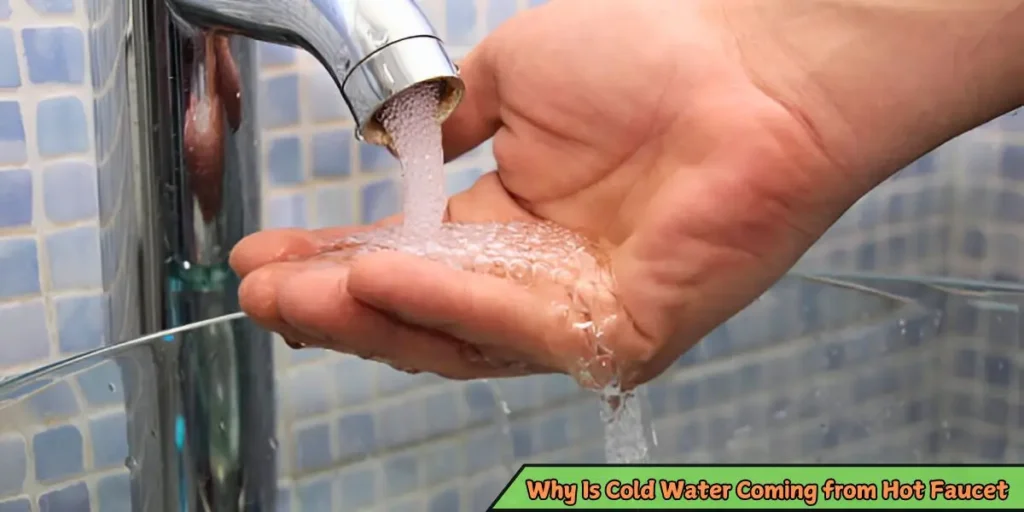
How Your Faucet Should Work
Here’s what should happen when you turn on your hot water:
- Hot water flows from your water heater
- It travels through dedicated hot water pipes
- The faucet opens the hot water valve
- Warm water comes out almost immediately
What Can Go Wrong?
Several things might cause cold water to come from your hot tap:
- A broken cartridge in your faucet
- Crossed water lines
- Problems with your water heater
- Blocked or damaged pipes
Your water heater also plays a significant role. It’s like the heart of your hot water system. When it’s not working correctly, you’ll notice temperature problems immediately.
Common Causes of Cold Water from Hot Water Faucets
Faucet Malfunctions
When your hot water faucet starts acting up, it’s often trying to tell you something. A properly working faucet should deliver hot water smoothly and consistently. Yet, sometimes, things go wrong. You might hear strange noises when turning the handle, the water pressure might suddenly change, or the faucet handle might feel loose or sticky when you turn it. These are all signs that your faucet needs attention.
The most common culprit is a worn-out cartridge. Think of the cartridge as your faucet’s brain. It can’t control the water temperature properly when it gets old or damaged. This leads to those frustrating moments when you expect hot water but get cold instead.
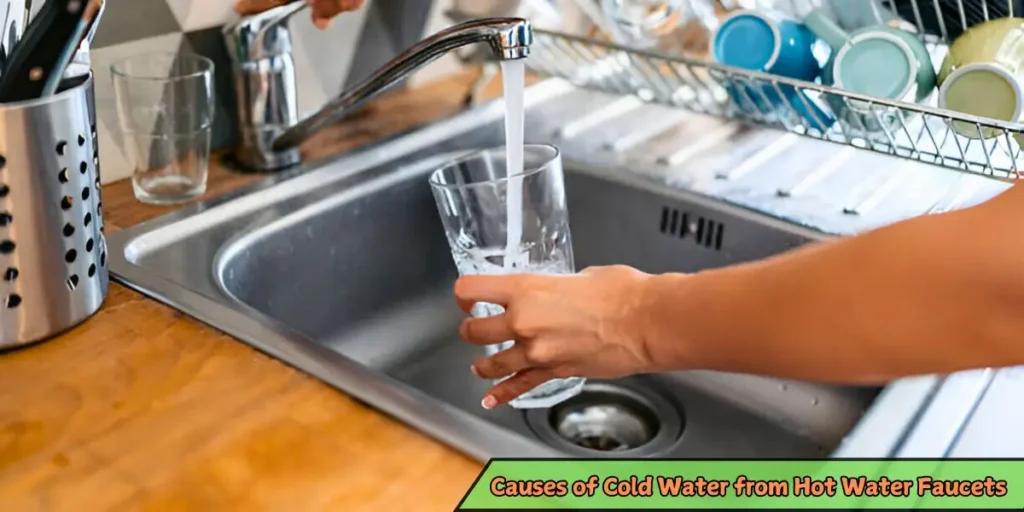
Hot Water Heater Troubles
Your water heater is crucial for delivering hot water to your faucets. When it’s not working correctly, you’ll immediately notice the effects. A faulty thermostat might not heat the water properly, and mineral buildup inside the tank can reduce efficiency. Sometimes, the heating element stops working.
You might also hear rumbling sounds from your water heater. This often means sediment has collected at the bottom of the tank. If your hot water runs out quickly, your tank might be too small for your needs. These issues need attention to ensure you get the hot water you expect.
The Cross-Contamination Problem
Cross-contamination occurs when hot and cold water lines unexpectedly mix. Imagine two separate roads suddenly merging without warning—that’s what happens in your pipes. This usually occurs because of damaged valve seals or incorrect pipe connections.
Hot and cold water can be mixed anywhere in your plumbing system. Faulty mixing valves in shower heads often cause this problem. Sometimes, pressure differences between hot and cold lines lead to unexpected mixing, which can result in annoying temperature fluctuations.
Troubleshooting Steps for Cold Water Issues
Water Heater Troubleshooting Guide
Let’s start with your water heater, the heart of your hot water system. First, check if the power is on. For electric heaters, look at your circuit breaker. For gas heaters, make sure the pilot light is lit.
Next, listen to your water heater. Strange noises often indicate sediment buildup inside, like rocks in your tank. To fix this, flush your water heater once a year.
Check the temperature setting, too. Sometimes, it’s as simple as turning up the heat. The ideal setting is usually between 120 and 140 degrees Fahrenheit. Any lower, and you might get lukewarm water instead of hot.
Inspecting Water Supply Lines
Now, let’s examine your water supply lines, which bring water to your faucets. Start by looking for any visible leaks. Wet spots or water stains are big red flags.
Feel the pipes when hot water is running. The hot water line should be warm to the touch. If it’s cold, you might have a blockage. Also, check for any kinks in flexible supply lines, which can slow down water flow.
Look for signs of corrosion, too. Green or white spots on copper pipes mean trouble, as they can lead to leaks or reduced water flow.
Preventive Measures for Hot Water Problems
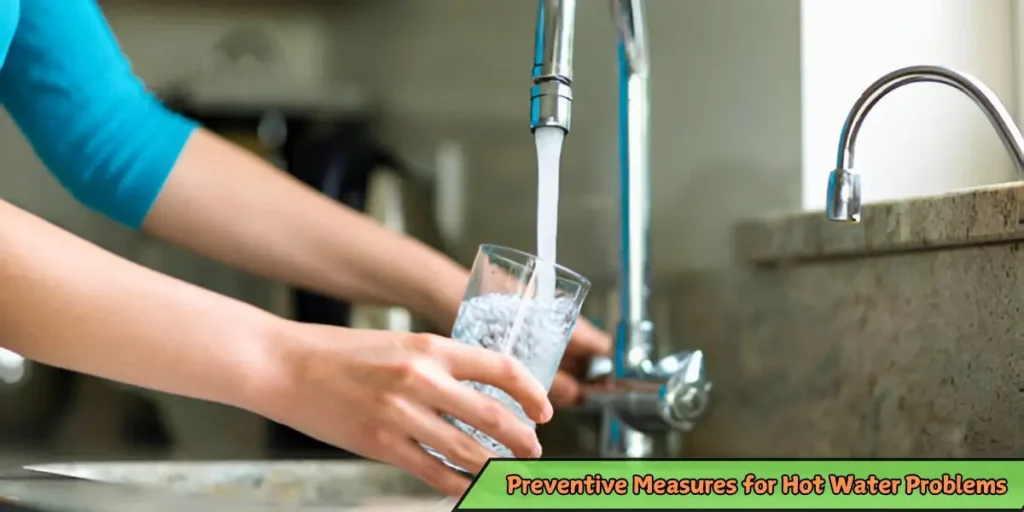
The Power of Pipe Insulation
Think of pipe insulation as a warm jacket for your pipes. Without it, your hot water loses heat as it travels through cold areas. Good insulation keeps the water hot from your heater to your faucet. It’s an easy fix that makes a big difference.
You can find pipe insulation at any hardware store. It’s like a foam sleeve that wraps around your pipes. Focus on pipes in cold spaces like basements, crawl spaces, and outside walls. This simple step saves energy and money on your water heating bills.
Smart Plumbing Maintenance
Regular maintenance prevents most hot water problems. Start by flushing your water heater once a year. This removes sediment that makes your heater work harder than it should.
Check your faucets and pipes every few months. Look for drips or moisture where there shouldn’t be any. Feel for changes in water pressure when you shower. These minor signs can warn you about more significant problems coming.
Using Thermostatic Mixing Valves
A thermostatic mixing valve is like a temperature guardian for your water. It mixes hot and cold water to maintain a steady temperature, preventing scalding and making your hot water more reliable.
These valves work automatically. They sense the water temperature and adjust it as needed. Installing one near your water heater helps your whole house. You’ll notice more consistent temperatures at every faucet.
Related to: How to Fix a Loose Faucet Base
Conclusion
Having cold water come from your hot water faucet is more than just an annoyance. It’s your plumbing system asking for help. Throughout this guide, we’ve explored why this happens and how to fix it.
We learned that problems can start at your faucet, travel through your pipes, or begin at your water heater. Simple issues like worn-out cartridges or poor insulation can cause temperature troubles. However, a plumber’s expertise is needed for more significant problems.
The key is to act quickly when you notice something wrong. Don’t wait for minor issues to become expensive repairs. Regular maintenance keeps your system running smoothly. Check your water heater yearly, inspect pipes for leaks, and notice changing water temperatures.
Remember, your home’s plumbing is like a team working together. When one part fails, others can follow. By understanding these basics, you can keep your hot water flowing reliably. Your comfort and wallet will thank you for taking good care of your plumbing system.
Frequently Asked Questions About Cold Water Coming Out of Hot Water Faucets
This usually occurs due to a faulty water heater, broken faucet cartridge, or crossed water lines. Check that your water heater works and that other faucets have the same issue.
Typically, hot water should arrive within 30 seconds to 1 minute. If it takes longer, you might have issues with pipe insulation or distance from the water heater.
You can fix simple issues like a faulty cartridge Yourself. However, for safety, professional plumbers should handle problems with water heaters or plumbing lines.
The cost of a simple cartridge replacement can range from $50 to $1,000+ for water heater issues. The final price depends on the root cause and required repairs.
This happens when your plumbing system cannot handle multiple water demands. Consider installing a larger water heater or a recirculation system to solve this.
Regular water heater maintenance, proper pipe insulation, and annual plumbing checks can prevent most temperature-related problems in your faucets.
Related Posts
-
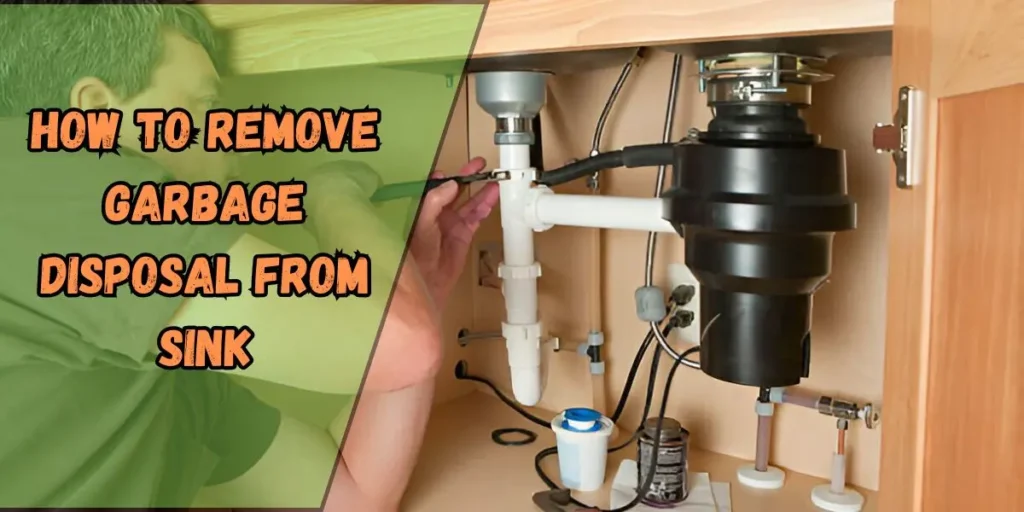 03 Jan 2025 SinkLearn How to Remove Garbage Disposal From Sink 2025
03 Jan 2025 SinkLearn How to Remove Garbage Disposal From Sink 2025 -
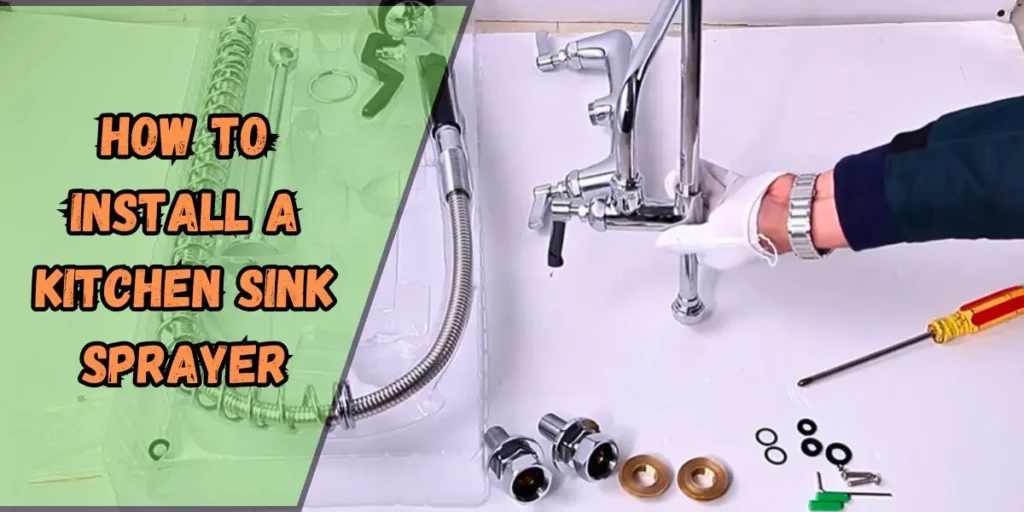 03 Jan 2025 SinkHow to Install a Kitchen Sink Sprayer in Simple Steps 2025
03 Jan 2025 SinkHow to Install a Kitchen Sink Sprayer in Simple Steps 2025 -
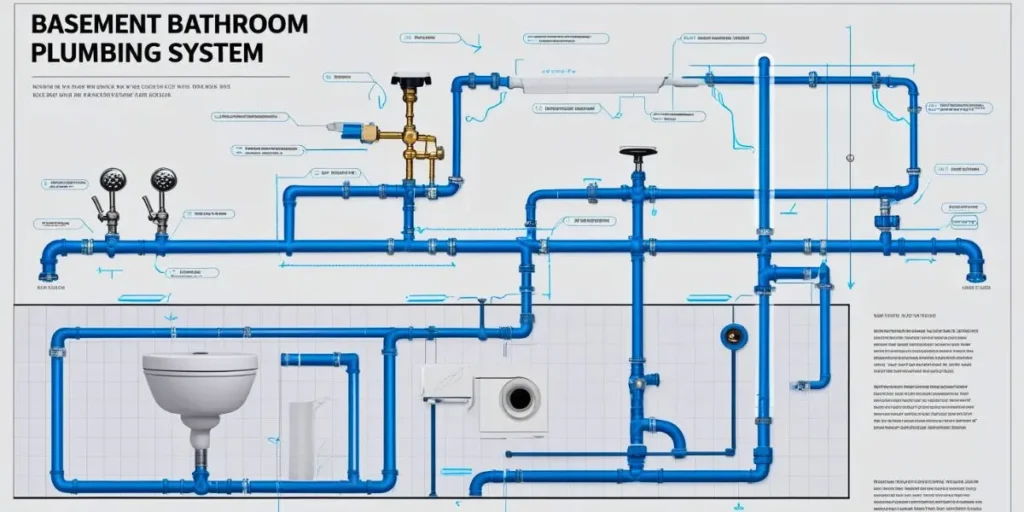 30 Dec 2024 RemodelSimple & Effective: Basement Bathroom Plumbing Diagram
30 Dec 2024 RemodelSimple & Effective: Basement Bathroom Plumbing Diagram -
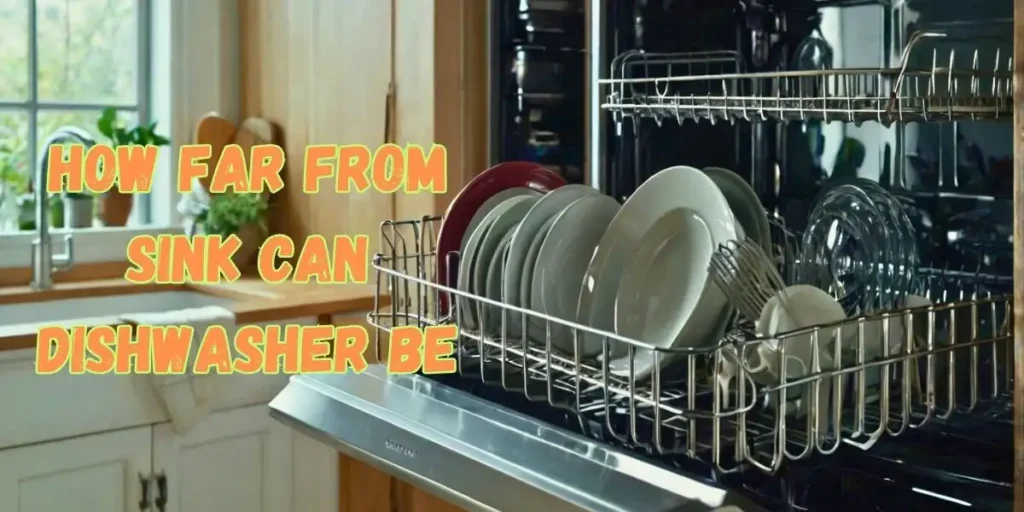 30 Dec 2024 SinkHow Far from Sink Can Dishwasher Be? Key Facts Explained
30 Dec 2024 SinkHow Far from Sink Can Dishwasher Be? Key Facts Explained -
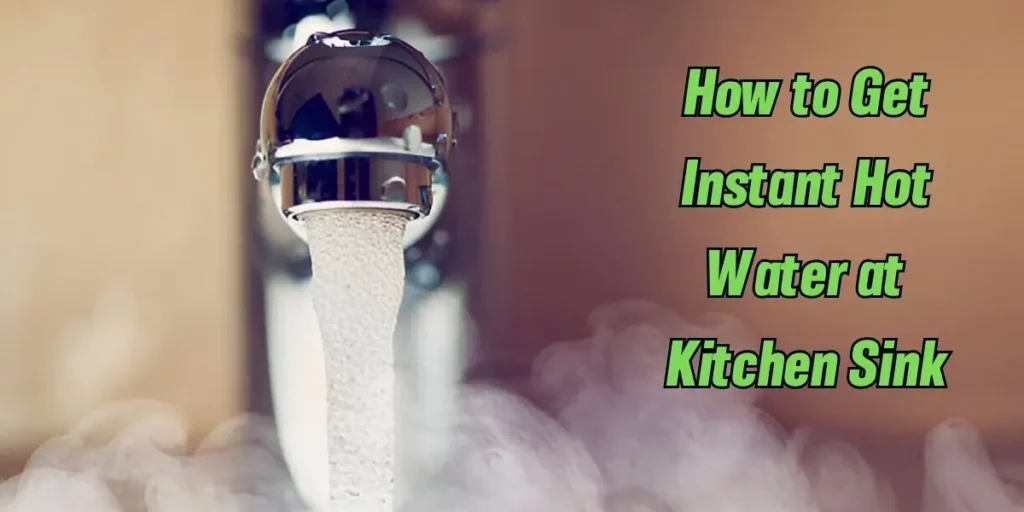 29 Dec 2024 SinkHow to Get Instant Hot Water at Kitchen Sink
29 Dec 2024 SinkHow to Get Instant Hot Water at Kitchen Sink -
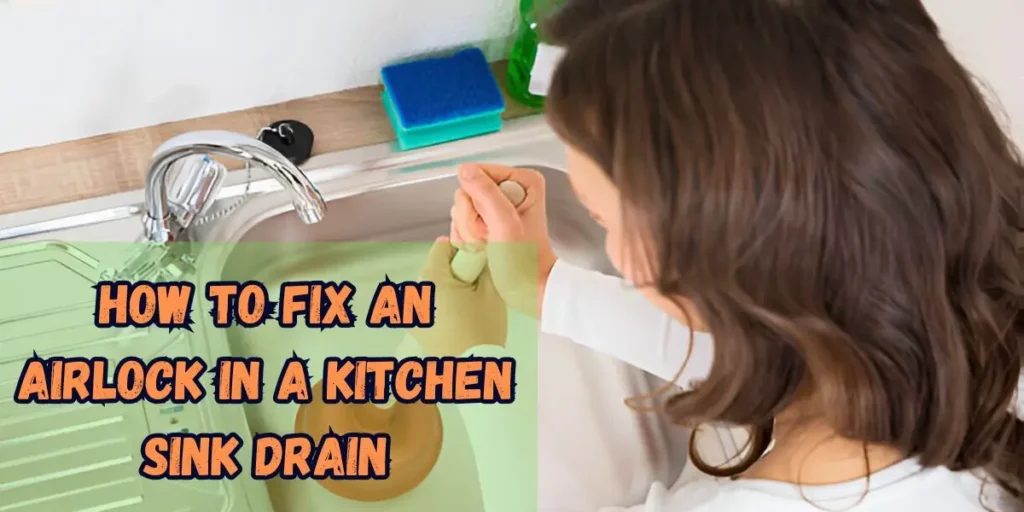 28 Dec 2024 SinkHow to Fix an Airlock in a Kitchen Sink Drain: A Step-by-Step Guide
28 Dec 2024 SinkHow to Fix an Airlock in a Kitchen Sink Drain: A Step-by-Step Guide -
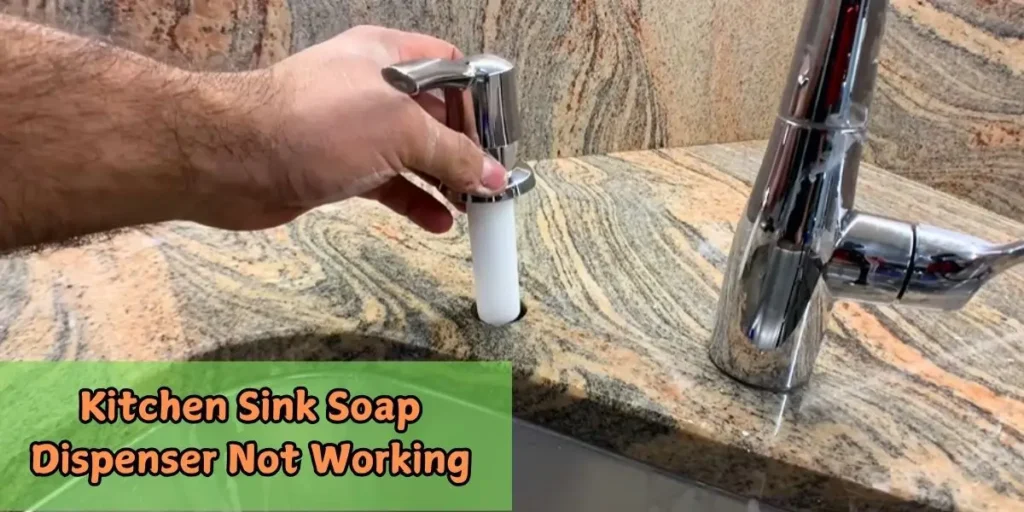 27 Dec 2024 SinkKitchen Sink Soap Dispenser Not Working? Here’s How to Fix It
27 Dec 2024 SinkKitchen Sink Soap Dispenser Not Working? Here’s How to Fix It -
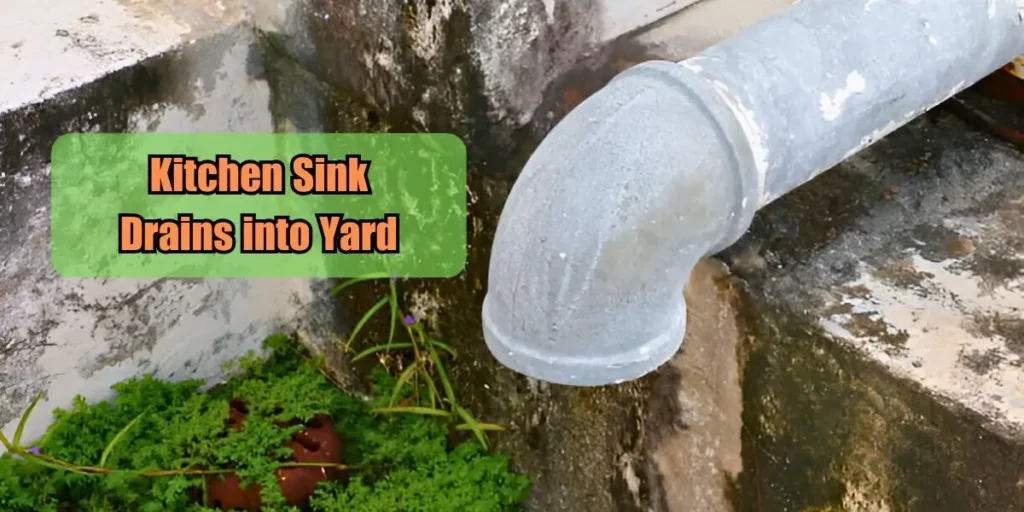 26 Dec 2024 SinkKitchen Sink Drains into Yard: Causes, Solutions
26 Dec 2024 SinkKitchen Sink Drains into Yard: Causes, Solutions -
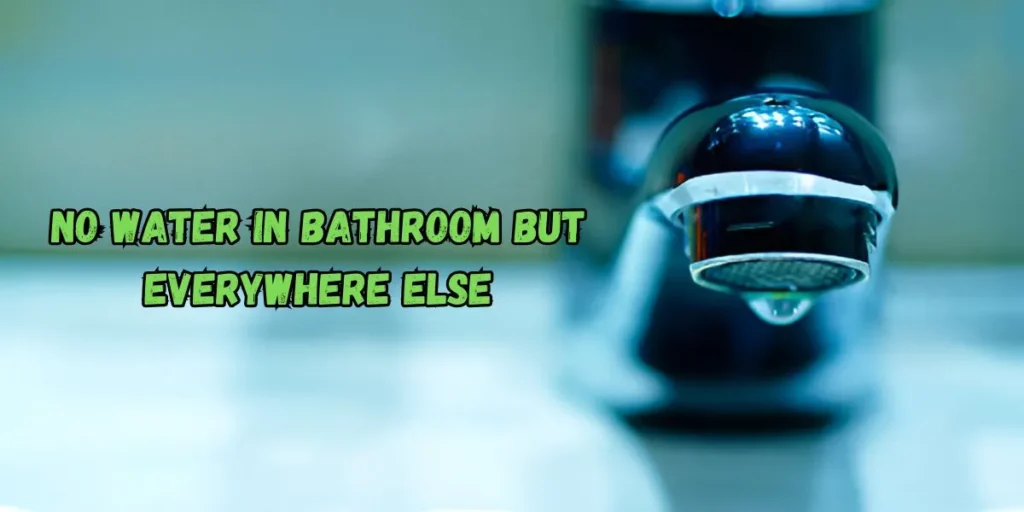 26 Dec 2024 SinkNo Water in Bathroom but Everywhere Else: Expert's Solutions
26 Dec 2024 SinkNo Water in Bathroom but Everywhere Else: Expert's Solutions -
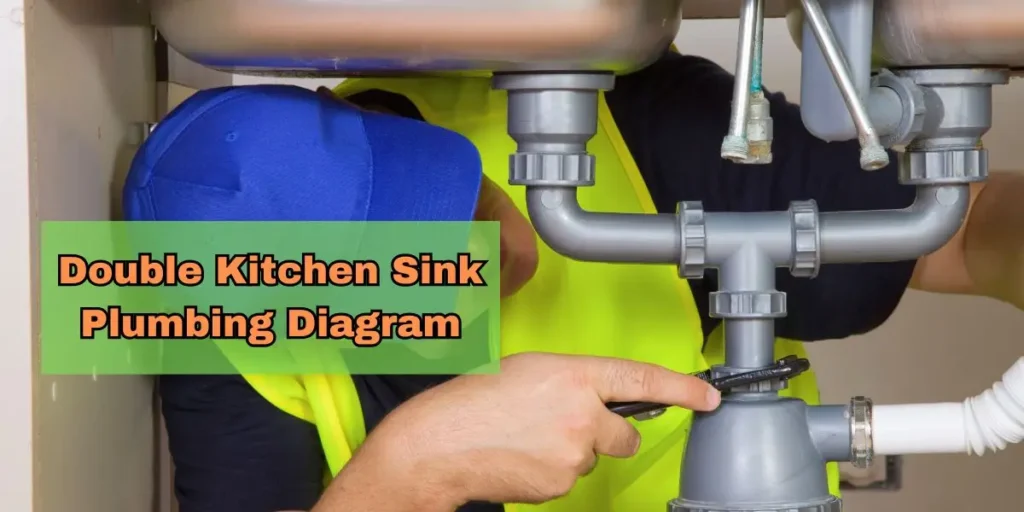 26 Dec 2024 SinkDouble Kitchen Sink Plumbing Diagram: A Visual Guide
26 Dec 2024 SinkDouble Kitchen Sink Plumbing Diagram: A Visual Guide

